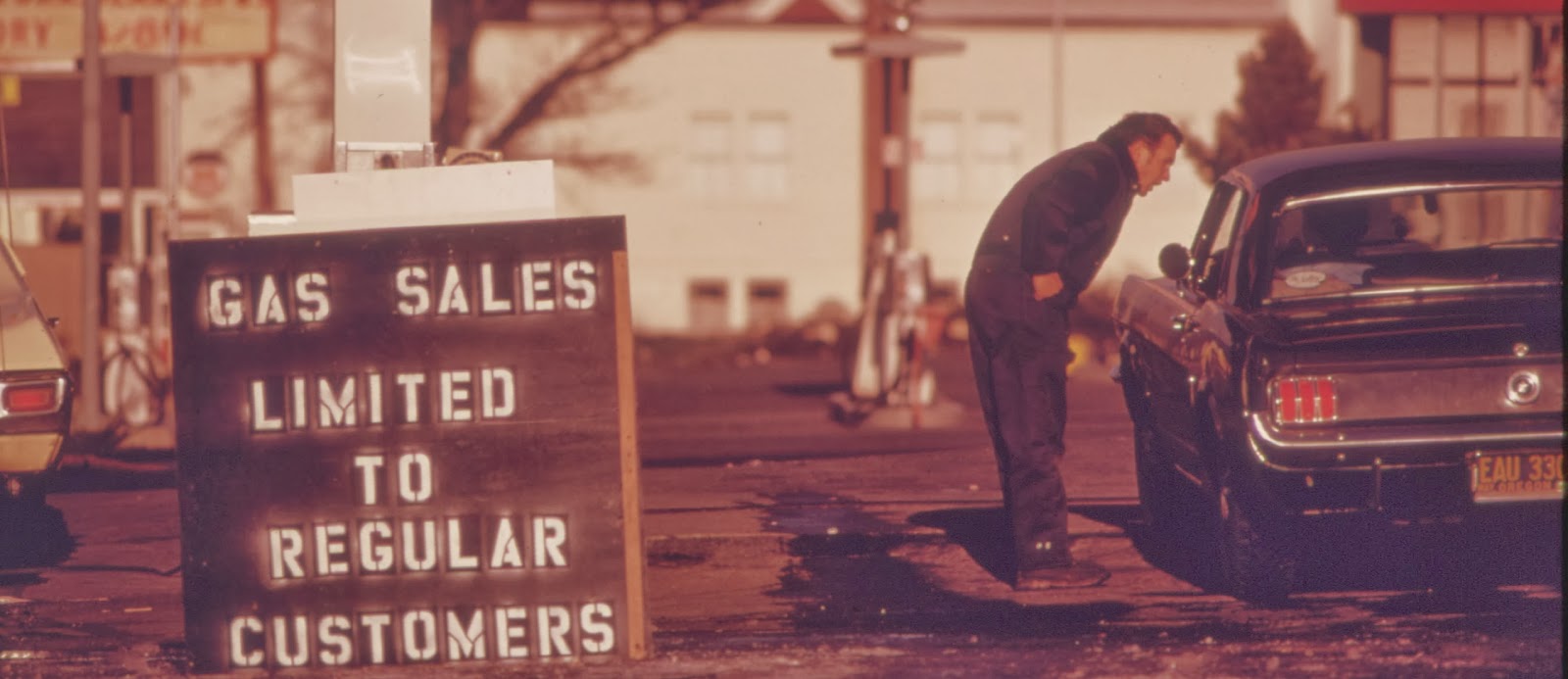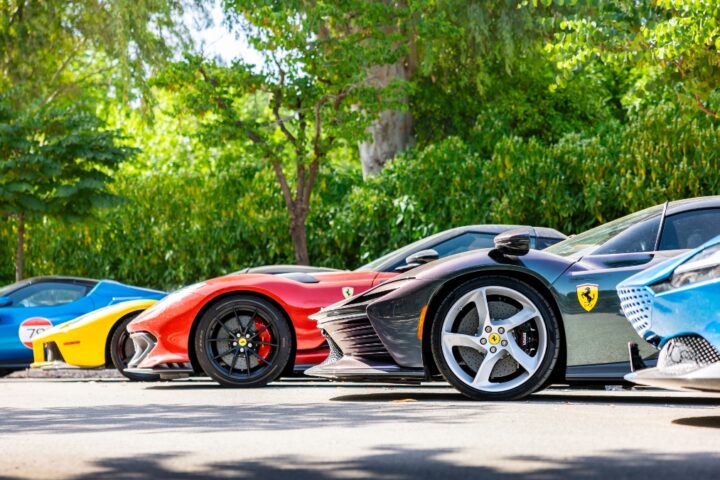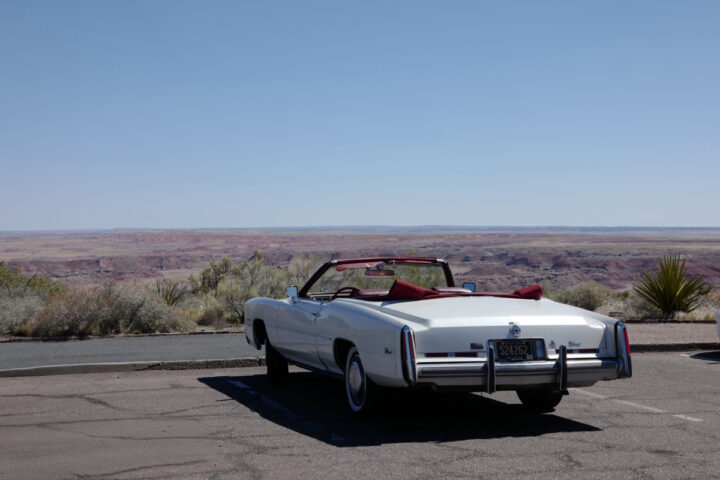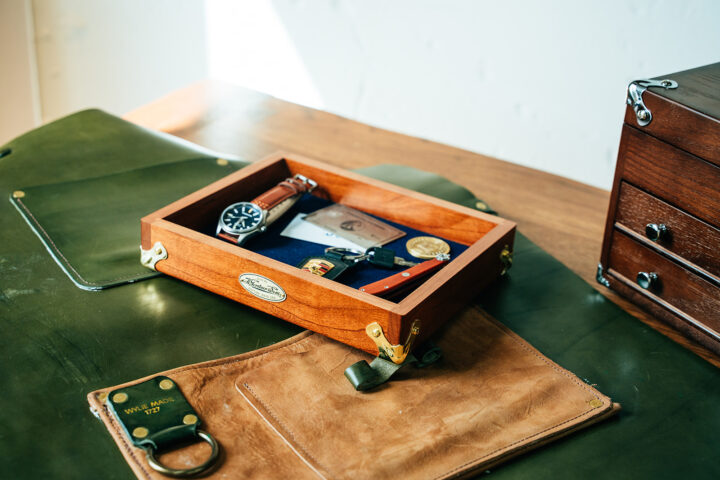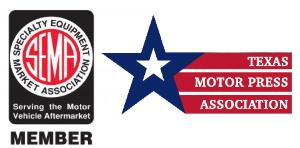I was not born until nearly a decade after the gas crisis of 1973, but these images shot in and around Portland Oregon capture a slice of America under the thumb of OPEC. For those of you that don’t know here is a little history behind what happened, as we look for new sources of energy independence in the US, it is good to look back at where we came from.
On October 6, 1973, Syria and Egypt launched a surprise attack on Israel, launching what would become known as the Yom Kippur War or Ramadan War. This war was retaliation for the humiliation that was suffered in the 1967 Six-Day War, but that is another story.
The United States was in a tight political situation, on one hand, we had committed as an ally to support Israel, but on the other hand Arab nations were already upset over a trade deficit. On October 12, 1973, President Richard Nixon authorized Operation Nickel Grass, delivering weapons and supplies to Israel, in response to the Soviet Union supplying arms to Syria and Egypt. The overt support of Israel was the last straw…on October 17th OPEC ordered an embargo cutting production in 5% increments until they got their way.
Nixon pushed for Congressional support for Israel of $2.2 billion dollars in aid. This enraged the Islamist states and their immediate response was to stop all oil shipments to the US, by October 20 1973 the oil had stopped. Just 6 days later Israel sized victory in the Yom Kippur War and within days the UN was moving in with peacekeeping troops and humanitarian supplies.
By November OPEC had expanded its list of countries on the oil ban, the 1973 energy crisis was in full swing and oil prices in the Western world skyrocketed even higher. With Israel and Egypt working out a few details after the war, the oil-producing nations were still not keen on supplying the US with oil just yet.
On November 7th Richard Nixon announced Project Independence an initiative to free the United States from the grip of imported oil. This is where the 55 mph (89 km/h) speed limit came from, oil power plants were converted to coal, the Trans-Alaska Pipeline System was started and federal funding for mass transit was allocated.
It would prove to be too little too late, prices of gas continued to climb it would not be until April 1974 that the embargo would be fully lifted and rationing would end. The American auto industry took a major hit, Japan shifted much of its economy to focus on electronics and it created the perfect platform to launch cheap high MPG Japanese cars to the world. Australia and other nations shifted away from heating oil and moved to locally produced natural gas or propane. The Energy Crisis changed the world, and in some ways for the better.
Enjoy the images below:
 |
| Sign warning of reduced hours due to lack of gas |
 |
| Looks like a GT350 and some other big blocks waiting for gas. |
 |
| Some stations would only service local customers |
 |
| Even number license plate day |
 |
| Man willing to kill to protect his gasoline |
 |
| Chevron Station sold out of gas |
 |
| Empty streets of Portland, OR |
 |
| Camaro used to advertise lack of gas |
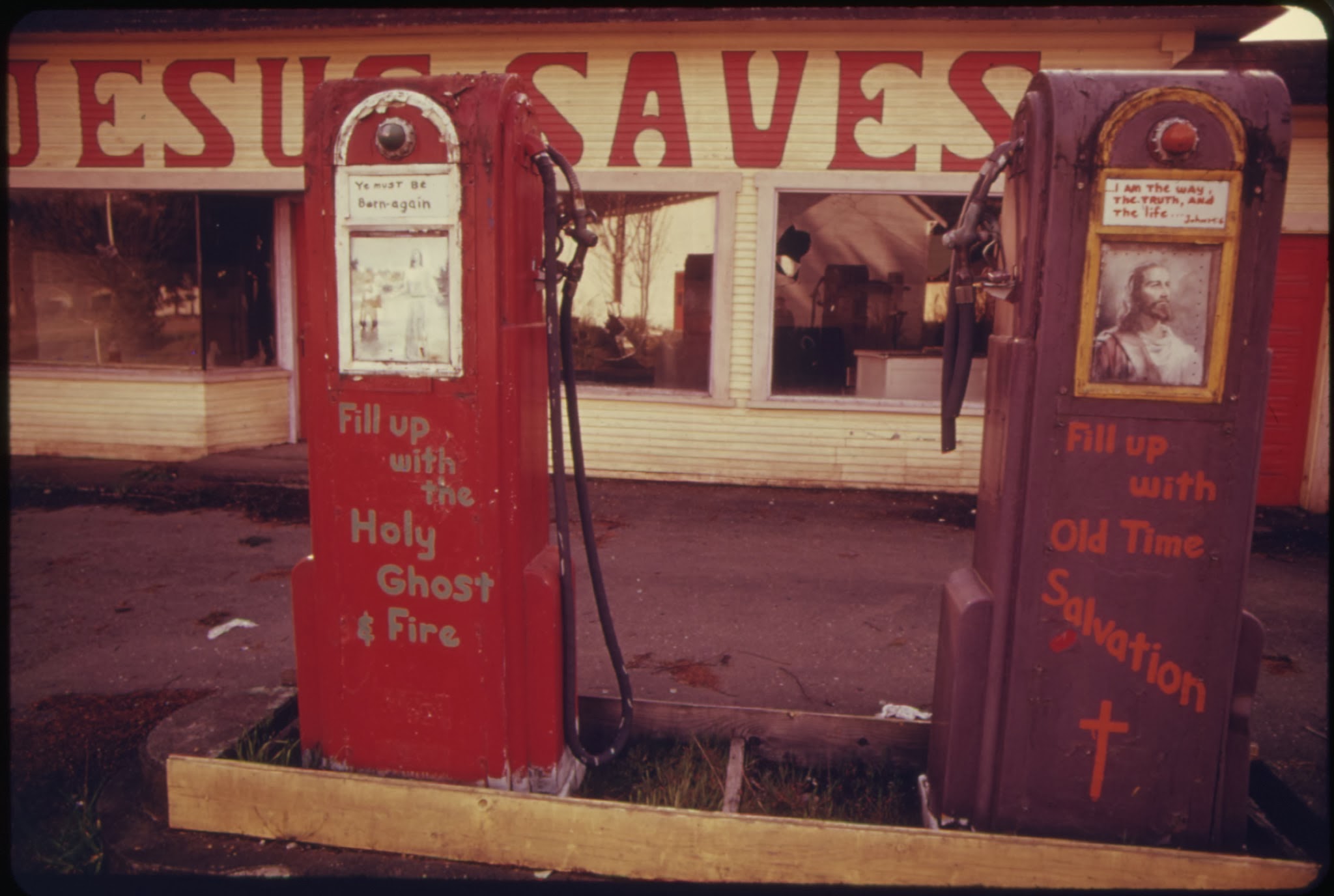 |
| Gas turned into a Church |
 |
| Man hoping to catch a break |
 |
| Gas Station out of gas and out of business |
Source: The U.S. National Archives
Post Views: 206












